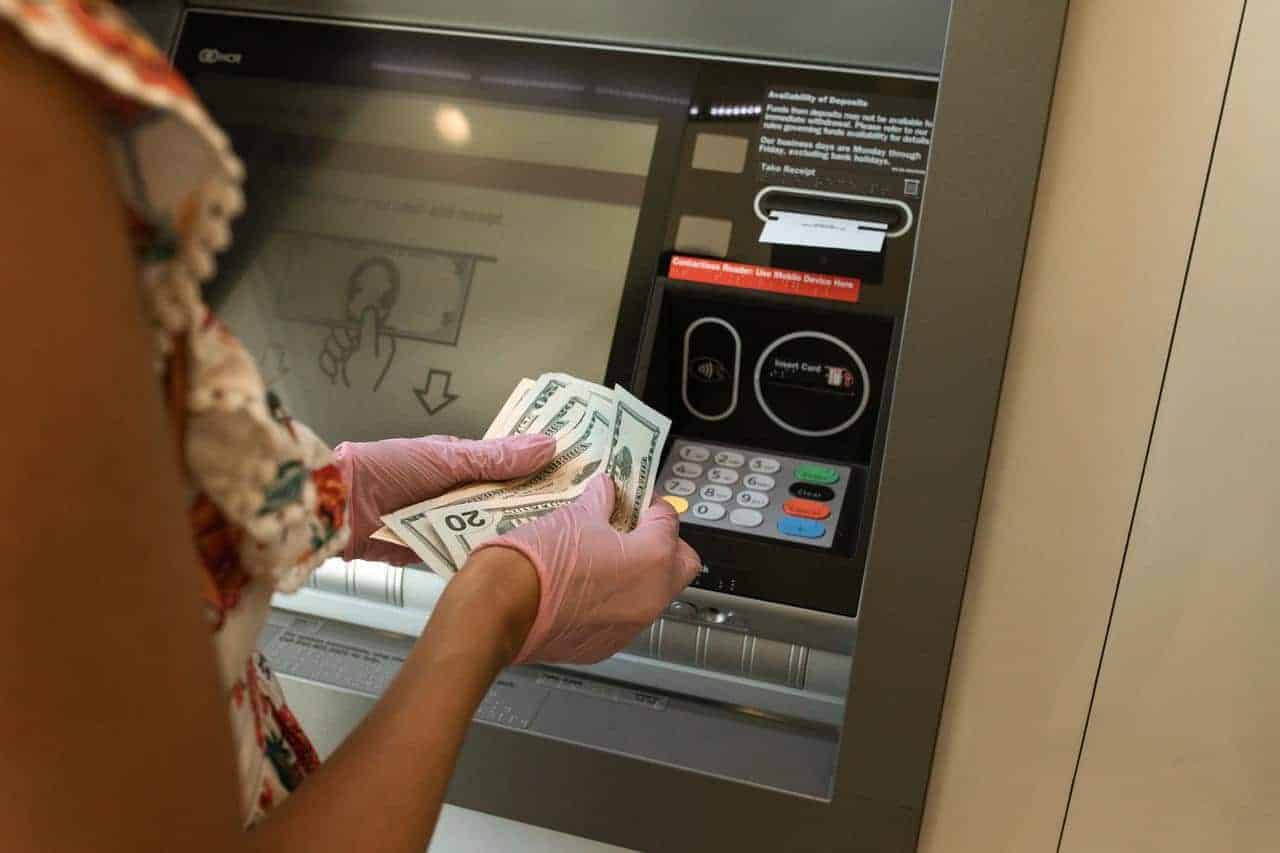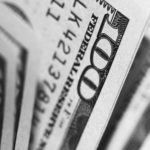How can you find free ATMs to use for cash withdrawals? People pay by card more often, and they don’t carry cash; they need to use ATMs more frequently to withdraw cash when they need it. Excessive ATM withdrawal fees can add up quickly, but sometimes, your bank’s free ATM is not readily available. Thankfully, there are several fee-free ATM options to help you access your money without getting charged each time you need cash.
What Is A Surcharge-Free ATM?
A surcharge-free ATM does not assess transaction fees for withdrawals. If you want to withdraw cash, you won’t have to worry about the ATM owner withholding a portion of your funds to cover the fee. This guide dives a bit more into ATM surcharges and how they work, along with a few key benefits of ATM banking.
ATM Banking Benefits
There are some key advantages to ATM banking.
Fast Cash Access
You can get access to cash right away without having to visit a brick-and-mortar location. However, be mindful that financial institutions set daily limits on the maximum amount you can withdraw.
More Locations Than Bank Branches
There are far more ATMs than brick-and-mortar banks available nationwide. In fact, Allpoint has more than 55,000 surcharge-free ATMs throughout the U.S.
24/7 Access
ATMs in most locations are accessible 24/7. So, you won’t have to panic or borrow funds from friends or relatives if you encounter an unexpected financial emergency or just need fast cash.
ATM Transaction Fees Vs. ATM Surcharges
Some ATM owners assess surcharge fees. You can also be subject to a transaction fee from your financial institution for making ATM withdrawals at out-of-network ATMs.
What Is The Average ATM Fee?
According to Bankrate, on average, consumers pay $4.59 to use out-of-network machines. This figure comprises two components – the out-of-network fee of $1.51 charged by the bank or credit union and the ATM surcharge of $3.08 charged by the owner of the ATM.
How Can You Find ATMs Near Me That Are Free of Charge?
To be able to tell which ATMs will charge you for withdrawing cash, you’ll need to identify which ATMs are the same as your bank, which ones are part of interbank networks, and which ones have the STAR logo or another ATM network logo that includes your bank. The easiest and most desirable option, of course, is to use your bank account’s ATM because it will be free of surcharges. If that’s not available, many people find it easier to use the closest ATM to withdraw cash rather than to scout for surcharge-free ATMs that are within the network. Your bank’s website or mobile app can help you find their free ATMs using the ATM locator (a.k.a. the “ATM near me” feature), or by calling customer service.
No-Fee ATM Networks
Another option for surcharge-free ATMs is to use one that is in your bank or credit union’s card network. Much like finding your bank’s ATM, you can use the ATM locator tool or call your bank for help in finding a nearby surcharge-free ATM within your financial institution’s network. You can also look on the back of your debit card to see if the network logo is printed there and then find an ATM that displays the same logo. The list of Free ATM Networks are:
- STAR Network: They have more than 2 million STAR ATM locations. Customers can use the locating tool from Star Network to look for one of their ATMs.
- CO-OP ATM: They have more than 30,000 ATM networks for members of credit unions without paying a surcharge. The CO-OP ATM Network is also available in 7-Eleven, most supermarkets, and credit union branches all over the U.S. Additionally, credit unions in the CO-OP network may allow you to walk into another credit union branch and work with a teller through a “shared branching” option. Contact your credit union for more details.
- PULSE: This ATM network has over 380,000 ATMs in the U.S. that can be found by PULSE ATM Locator.
- MoneyPass ATM: with over 25,000 surcharge-free ATMs. Customers can open www.moneypass.com/atm-locator to find the ATM location.
- PLUS Alliance Network: PLUS is a visa card alliance with 1 million ATMs throughout 170 countries. ATM Networks are available in Target, Costco, Walgreens, CVS, Bi-Lo, and Getgo.
- Allpoint and Transfund: These are two of the largest ATM networks in the country, with over 56,000 ATMs between them across the United States, Canada, Mexico, Puerto Rico, Australia, and the United Kingdom. The ATM machine is located in many stores, including Costco, Target, CVS, RiteAid, and Walgreens.
- SUM logo: People who hold cards with the bright red SUM logo don’t pay a withdrawal surcharge at the ATM. It offers surcharge-free access to ATMs in the United States.
If you do use an ATM that’s not at your bank or within your bank’s network, you may be subject to charges from both institutions (your bank and the bank or network associated with the ATM you’re using). That’s why it’s best to ask your bank about their policy regarding ATM fees. Keep in mind that we are strictly talking about using your debit card to withdraw money. If you use your credit card to withdraw money, that will be considered a cash advance on your credit card and will incur interest, so it’s best to never do that unless it’s an absolute emergency. When using an ATM, it is also important to protect yourself against identity theft.
How To Avoid ATM Fees
Avoid fees can be costly, but there are ways to keep the withdrawal fees to a minimum:
- Only use your bank or credit union’s ATMs to steer clear of surcharges and transaction fees.
- Ask your financial institution if they offer refunds on surcharge fees if you use an out-of-network ATM.
- If you’re unsure which banks you can use without incurring fees, be sure to inquire.
If you’re not happy with your current bank’s ATM fee structure, you can find banks that are part of a large fee-free ATM network or compare their ATM surcharge fees for withdrawing money at other banks or out-of-network ATMs. Many online banks don’t charge ATM fees since their overhead is lower than brick-and-mortar banks.
How to Find Fee-Free ATMs
Many banks and credit unions have ATMs at their physical location you can use to withdraw funds without incurring fees. But what happens when you’re on the go and need cash but can’t find a branch nearby?
Another way to save on ATM fees is to simply budget and plan ahead for your financial needs each day, week, or month and reduce the number of times you need to use an ATM. This is useful since most banks and credit unions have a daily limit on how much you can withdraw from an ATM, and going beyond that requires you to visit a bank teller in person to withdraw funds. Still, some consumers often make purchases with their debit cards and use the cash-back option, if provided—another great way to avoid ATM fees. Most grocery stores, drugstores, and larger stores such as Target offer this option. Conversely, you can load your debit card account with enough money to cover using the debit card for straight purchases and bypass visiting an ATM for cash altogether. Another option is to use your mobile wallet (e.g., Apply Pay or Samsung Pay) for purchases rather than withdrawing money from an ATM.
In rare instances, you may use an ATM that is clearly within your network and be surprised to find a notice on the screen stating that you will incur a fee or surcharge. If this happens, contact your bank to report this error and have the fee reimbursed. Banks may not have control over an independent ATM machine, and your bank should be alerted to the situation. Additionally, find out if your bank offers ATM fee rebates for any fees that ATM owners add to your withdrawals.
While ATM fees may occur, it is easier than you think to find ways to avoid them and find a free ATM if you’re willing to do a little research, talk to your bank or credit union, or find alternatives to withdrawing money at all and go straight to purchasing with your debit card.







